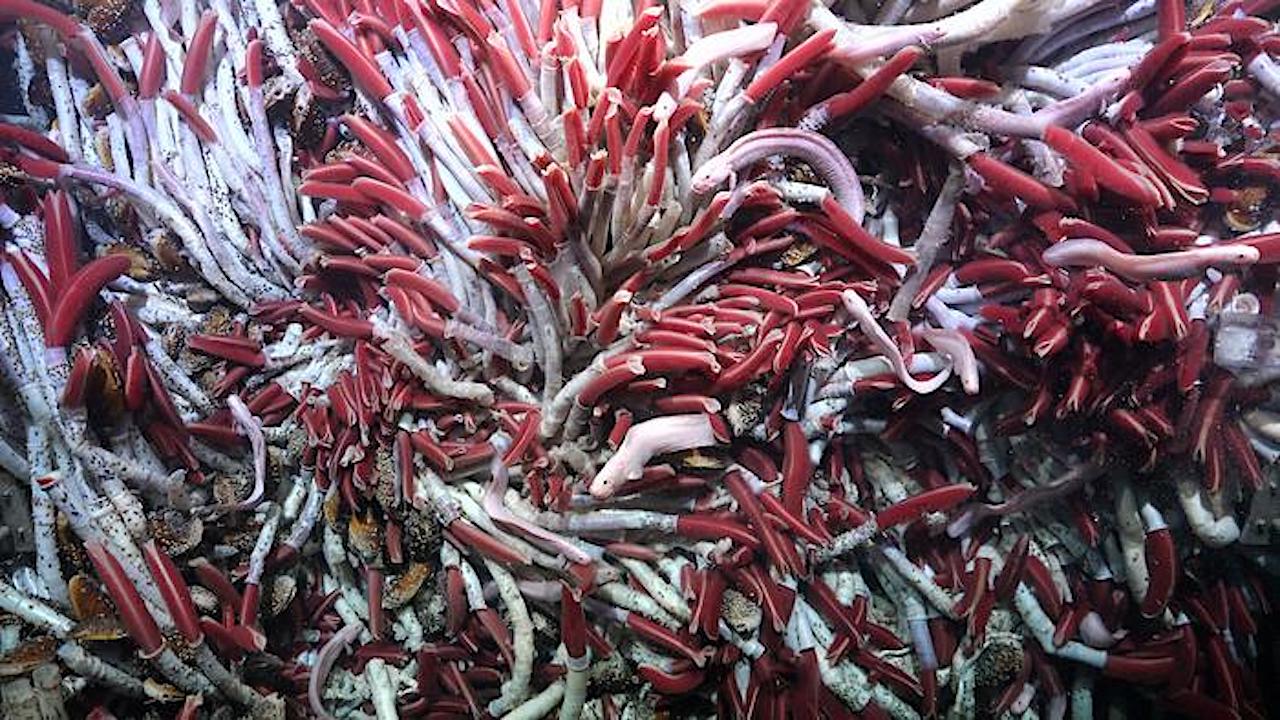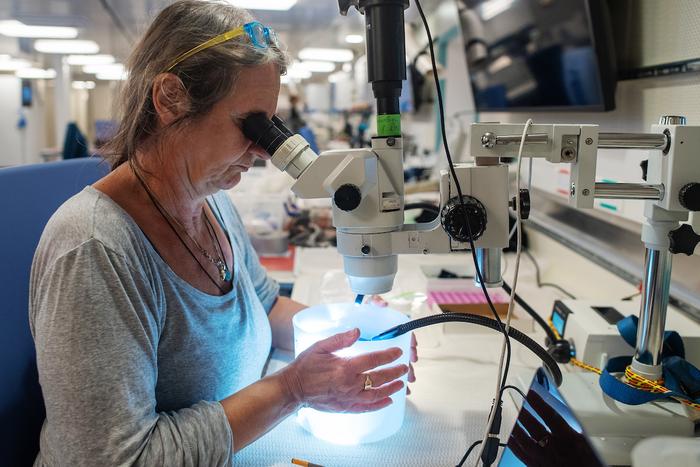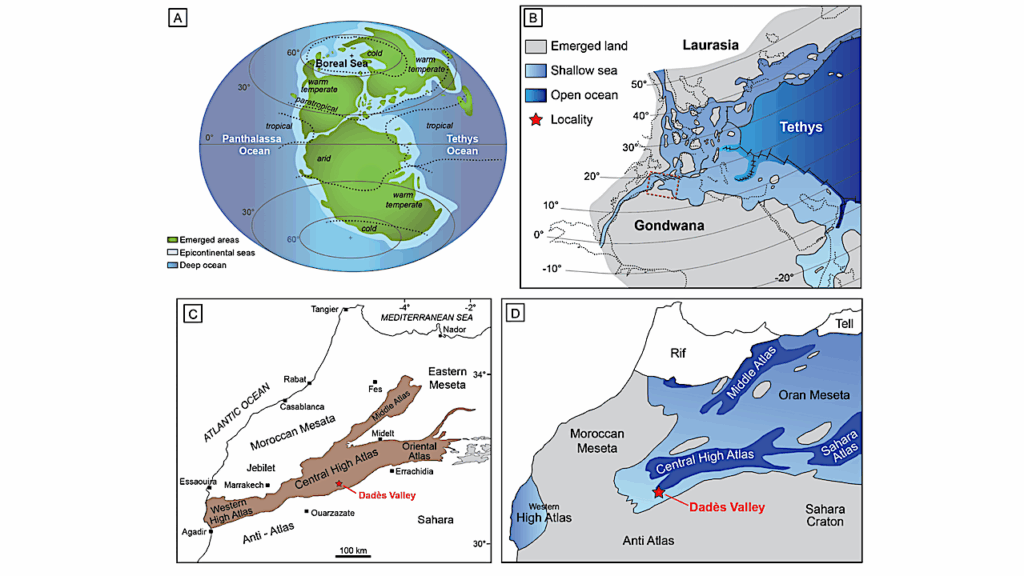A New Ecosystem Has Been Discovered Underneath Oceanic Hydrothermal Vents

A new ecosystem has been discovered in volcanic cavities beneath hydrothermal vents at a well-studied undersea volcano on the East Pacific Rise off Central America.
The landmark 30-day expedition aboard Schmidt Ocean Institute’s research vessel Falkor (too) was led by Dr. Monika Bright, University of Vienna, along with an international science team from the United States, Germany, the Netherlands, France, Costa Rica, and Slovenia.

Using an underwater robot, the science team overturned chunks of volcanic crust, discovering cave systems teeming with worms, snails, and chemosynthetic bacteria living in 75 degrees Fahrenheit (25 degrees Celsius) water. The discovery adds a new dimension to hydrothermal vents, showing that their habitats exist both above and below the seafloor. Scientists have spent the past 46 years studying hydrothermal vents and microbial life in the subsurface, but have never looked for animals under these volcanic hot springs.
Additionally, they found evidence of vent animals, like tubeworms, traveling underneath the seafloor through vent fluid to colonize new habitats. Tubeworms are one of the foundational hydrothermal vent animals but very few of their young have been found in the water above hydrothermal vents, leading Dr. Bright’s team to suspect they travel beneath the earth’s surface to create new hydrothermal communities.
“Our understanding of animal life at deep-sea hydrothermal vents has greatly expanded with this discovery, ” said Bright. “Two dynamic vent habitats exist. Vent animals above and below the surface thrive together in unison, depending on vent fluid from below and oxygen in the seawater from above.”
Hydrothermal vents act like underwater hot springs that flow through cracks in the earth’s crust as a result of tectonic activity. When a new hydrothermal vent appears, the ecosystem rapidly follows as animals colonize an area within a few years. How animal larvae find new vent fields is unknown by scientists. Dr. Bright’s team is the first to examine and confirm that tubeworm larvae can settle and even live underneath the seafloor.
To determine if animals travel through vent fluids, the science team used Schmidt Ocean Institute’s underwater robot, ROV SuBastian, to conduct experiments by gluing mesh boxes over cracks in the earth’s crust. When the boxes were removed after several days along with the crust they discovered animals living below the surface in hydrothermal cavities. Scientists will study results from their experiments in the months to come.

“On land we have long known of animals living in cavities underground, and in the ocean of animals living in sand and mud, but for the first time, scientists have looked for animals beneath hydrothermal vents,” said SOI’s Executive Director, Dr. Jyotika Virmani. “This truly remarkable discovery of a new ecosystem, hidden beneath another ecosystem, provides fresh evidence that life exists in incredible places. Schmidt Ocean Institute is proud to have provided a platform for Dr. Bright and her team to gather new insights into these systems that may be vulnerable to deep-sea mining.”

“The discoveries made on each Schmidt Ocean Institute expedition reinforce the urgency of fully exploring our ocean so we know what exists in the deep sea,” said Wendy Schmidt, president and co-founder of Schmidt Ocean Institute. “The discovery of new creatures, landscapes, and now, an entirely new ecosystem underscores just how much we have yet to discover about our Ocean–and how important it is to protect what we don’t yet know or understand.”
The science team was accompanied by LA-based artist, Max Hooper Schneider, who constructed sculptures that were filmed on the vent systems with ROV SuBastian, and returned to the surface. The hydrothermal environment being studied was an excellent pairing for the artist who will include his artistic research in future exhibits. “I will forever remain bewitched by dark life,” said Hooper Schneider. “Lightless ecosystems of the deep ocean are imperative to understanding the extremophilic dawns of planet earth.”
Astrobiology








